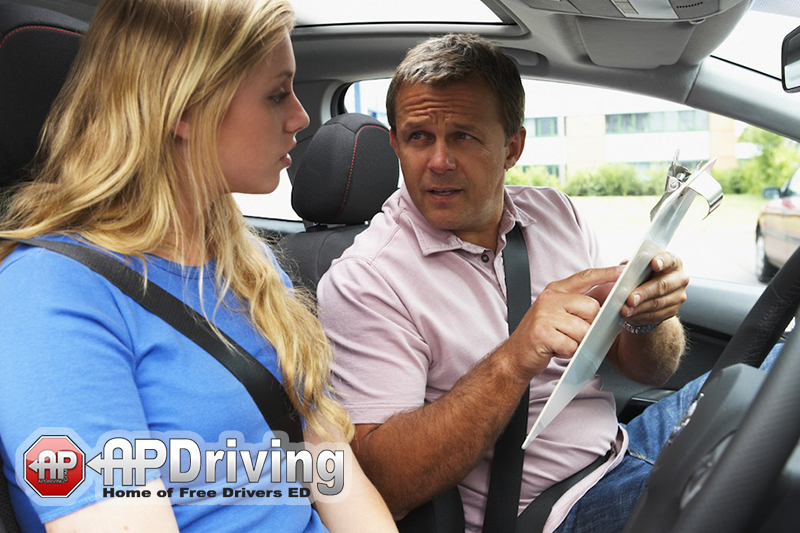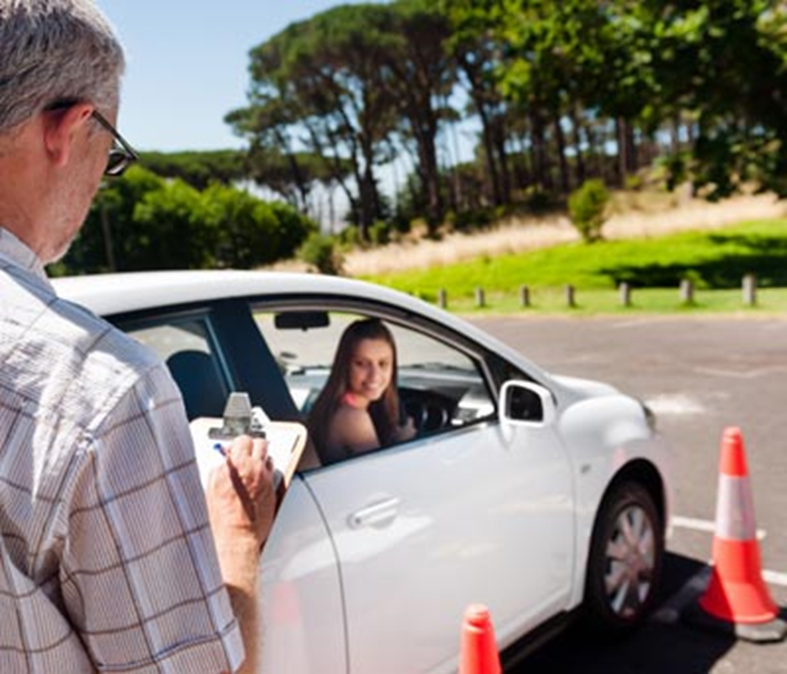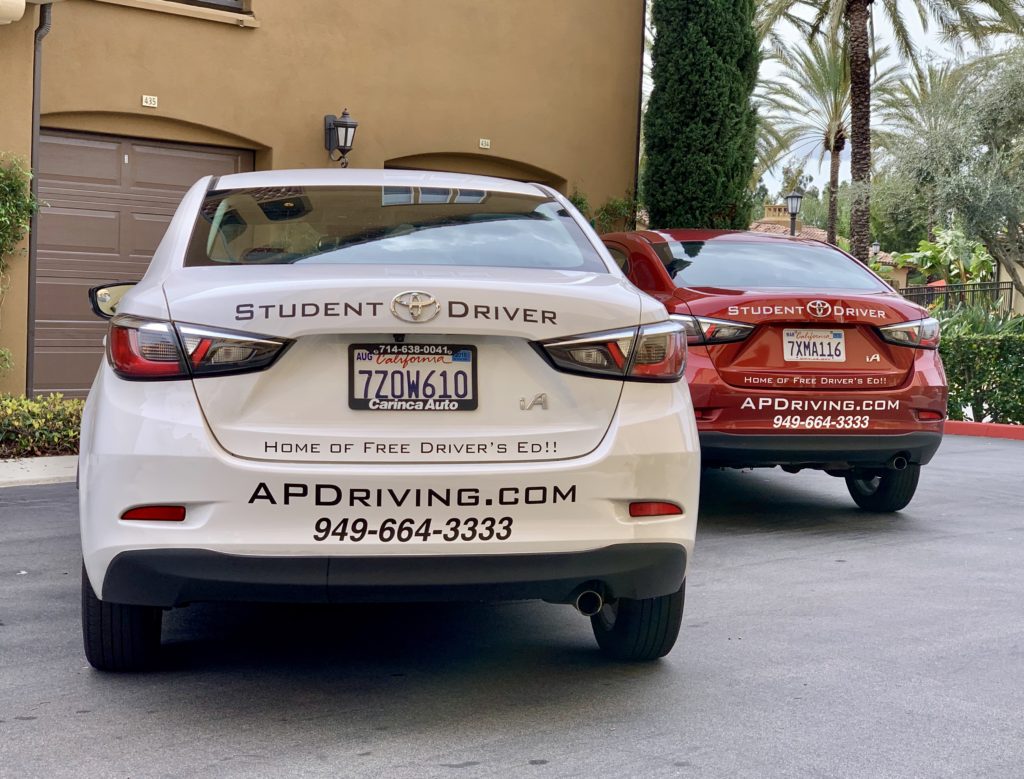Your First Behind The Wheel Training in AP Driving California
Good driving instructors wish the best for their students. They are trained to teach students how to steer a vehicle safely, and how to manage situations on the road. Teenagers who are ready to take on the responsibility of driving a car should look forward to their first behind-the-wheel training with AP Driving School in California. There are many driving schools in California and AP Driving is one of the best when it comes to Behind The Wheel Driving experience. With the help of a good driving school, it brings out the best in their instructors and teaches them essential skills and attitudes in driving.
Are you ready?
It’s very likely your instructor will drive by to pick you up. AP Driving offers free pick up service in every package. Once you are in the passenger seat, the instructor will ask if you have the necessary paperwork—the instruction permit. A pair of sunglasses would be handy if the sun is shining brightly. A keen instructor would check on the shoes you are wearing to ensure you’ll be comfortable behind the wheel. Lastly, you’d be asked to turn off your smartphone. It won’t be ideal to have too many distractions once you start the engine and assume the roles of a driver. It is easy to be excited and nervous at the same time. Remember to relax so you can focus on what is ahead.
Preparing to head out
You should settle comfortably and try to relax once you’re given the privilege to sit behind the steering wheel. Before you are allowed to start the engine your AP Driving instructor will make sure your seat is calibrated perfectly. Remember that you can’t drive off without wearing a seat belt. That goes for your passenger, too so make sure seatbelts are fastened securely. Before rolling out, you are expected to check the mirrors and survey the scene in front of you. It will take a few minutes to get a feel for the training car so a drive around the block will be your first task. It might sound easy but there are times teenagers are scared to do this simple task. It is very important to have a professional and patient driver at your side. As you go about the manoeuvres the instructor will take note of your driving skills.
Basic controls check
Once you are in control of the vehicle, you can expect a calm but authoritative series of directions from the instructor. The essential skills to learn and remember includes when to use the brake and the gas pedals. You will also receive instruction on when to turn the steering wheel to the right and to the left. You must be competent in turning either way. Aside from paying attention to the steering wheel and the vehicle itself, you must pay attention to the turn signals as well. As you encounter other vehicles on the road, you will learn avoidance techniques. The instructor will also teach you efficient visual search so that you can anticipate a situation as it unfolds. At this time, the instructor will take note of your skills, your ability to follow instructions, and capacity to learn and retain information. It may sound serious and stringent but make no mistake. You don’t have to spend the first few minutes of behind-the-wheel training with a poker face. Relax, take it all in, and enjoy the time you are spending with a mentor. Driving instructors are teachers with a strict program, but they also know how to communicate amicably and have fun.
Focus, Awareness, Attention
While it is not a crime to have a laugh with the driving instructor, it goes without saying that you need to focus. AP Driving instructors are friendly and fun. You don’t have to be tense, but you must be aware of what is going on around you all the time. Aside from the controls and instruments, you must check the mirrors, the immediate environment where you are, and pay attention to the cues given by your instructor. Close calls could happen, but you can avoid potentially dangerous situations if you concentrate. There’d be plenty to think about. You have to check intersections and respond. You’d be communicating with other drivers and react to their actions. Don’t dare to evade instruction or run the red light even if you are feeling confident. Your instruction is not limited to learning driving skills. Your instructor is teaching your good manners and traffic regulations as well.
Mental and physical preparation
Bear in mind that you must be present body and soul when taking a behind-the-wheel lesson. Your first lesson could last anywhere from 90 minutes to a couple of hours. You won’t be able to perform well if you are tired and irritable. Sleep early, keep a positive outlook and make a conscious decision to follow your driving instructor.
AP Driving School is one of the best in California. All driving instructors are patient and professionals. You can be assured that your first behind the wheel training is memorable and fun.


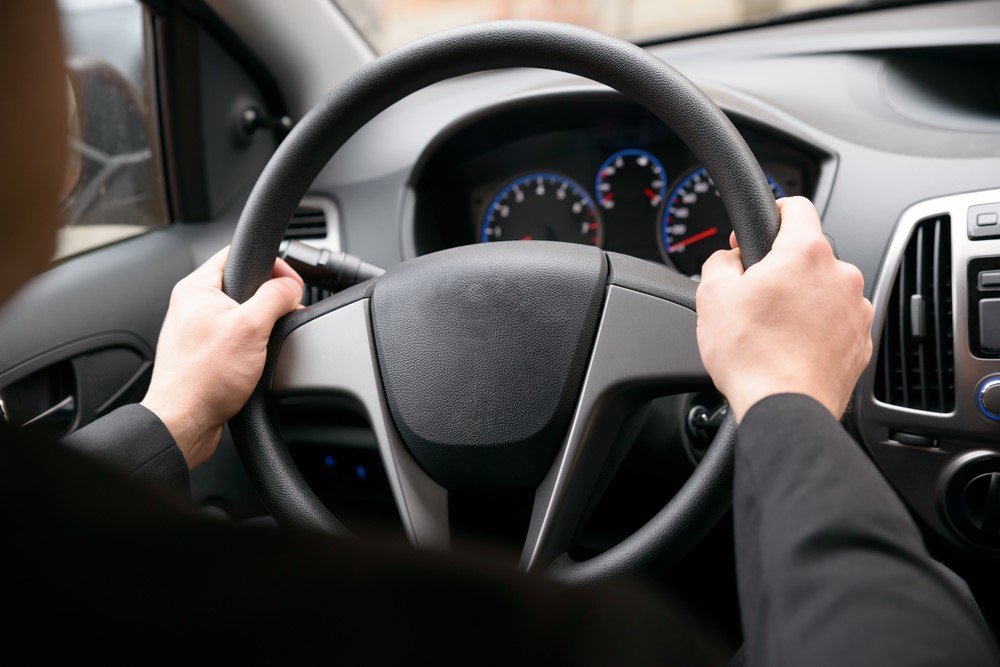





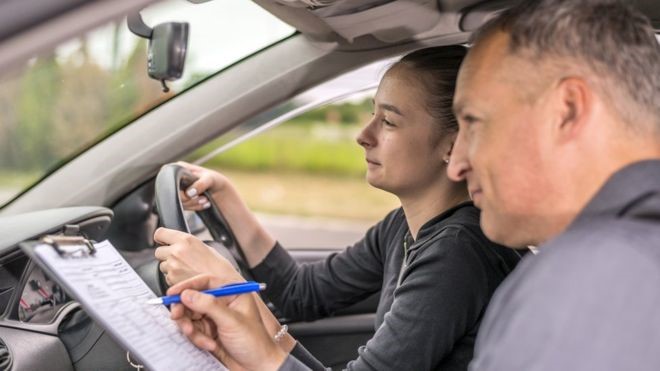


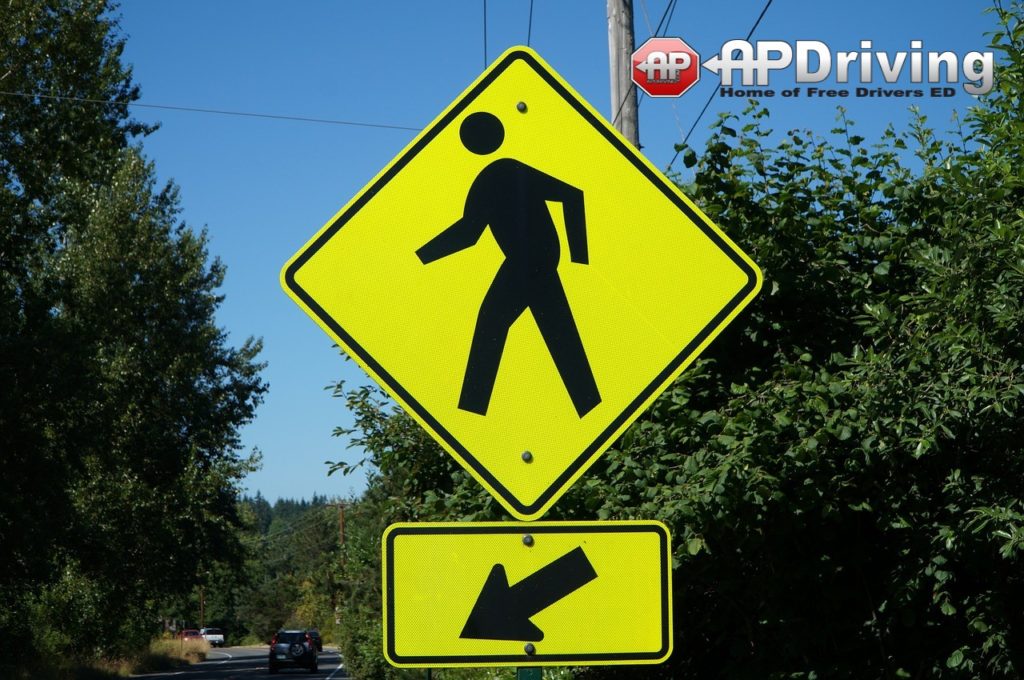

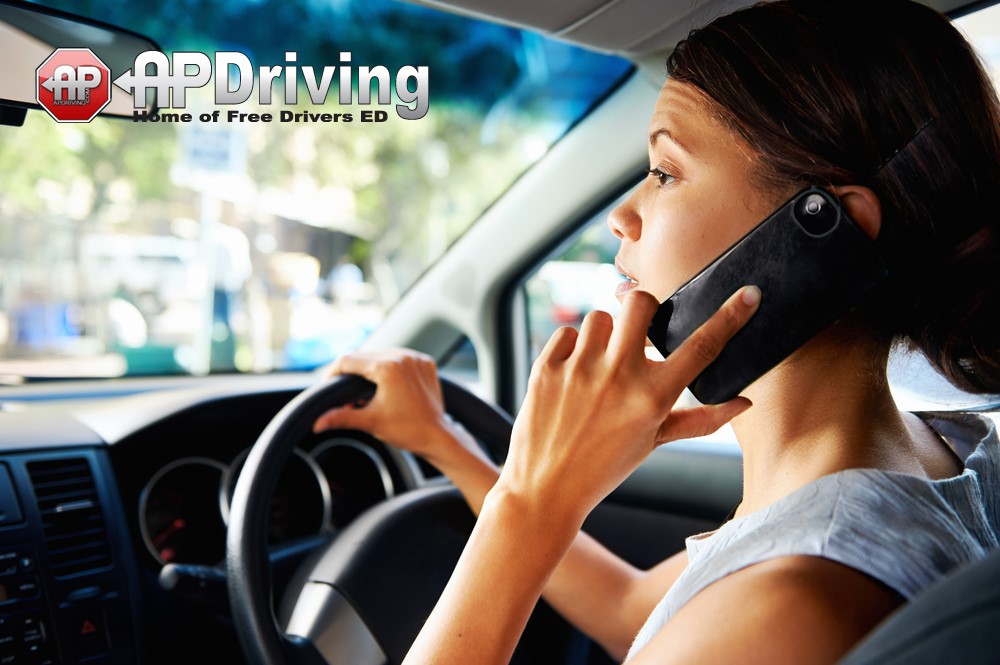
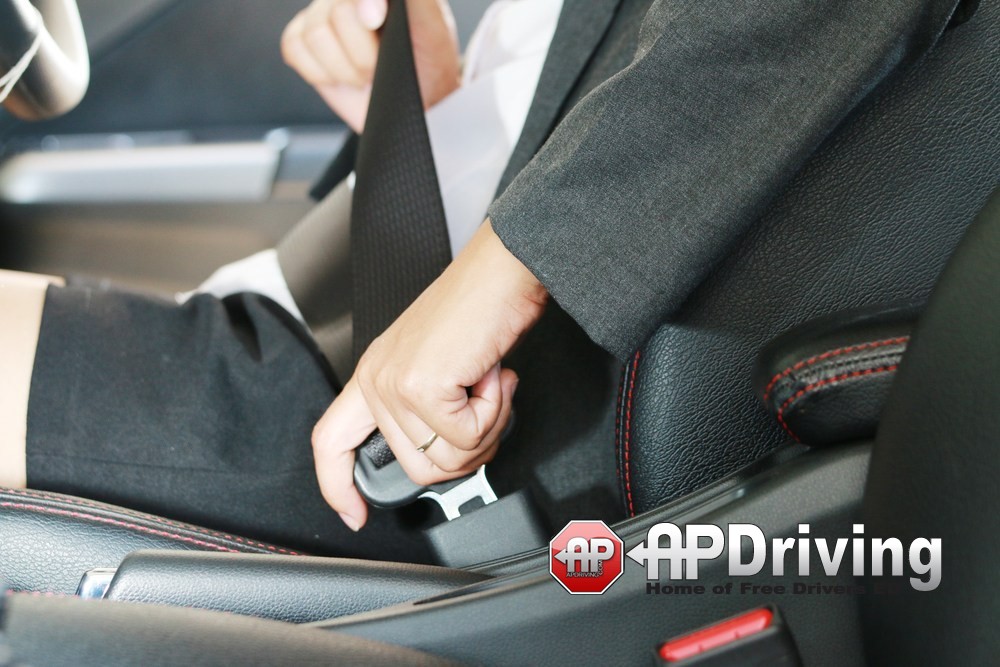

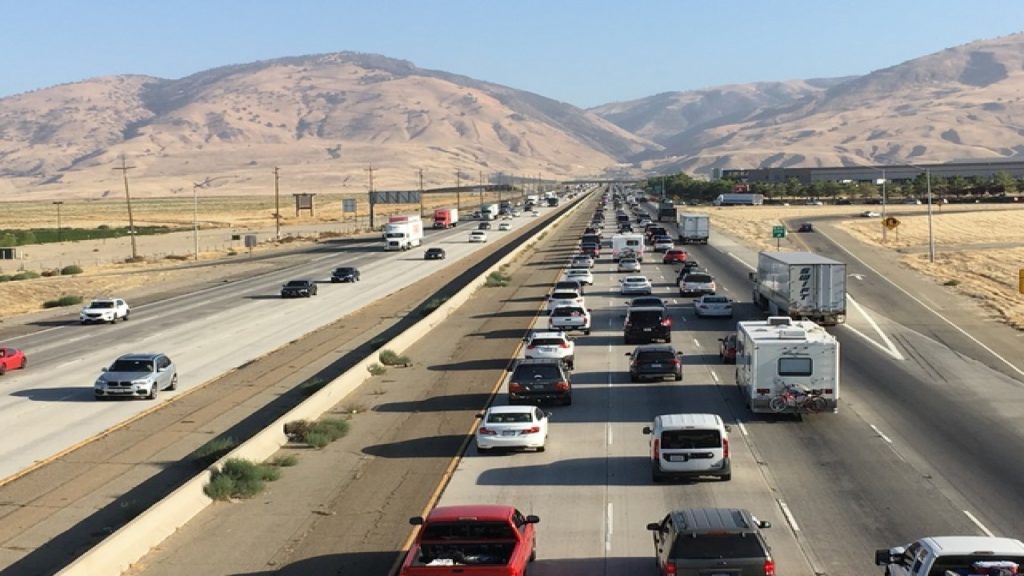
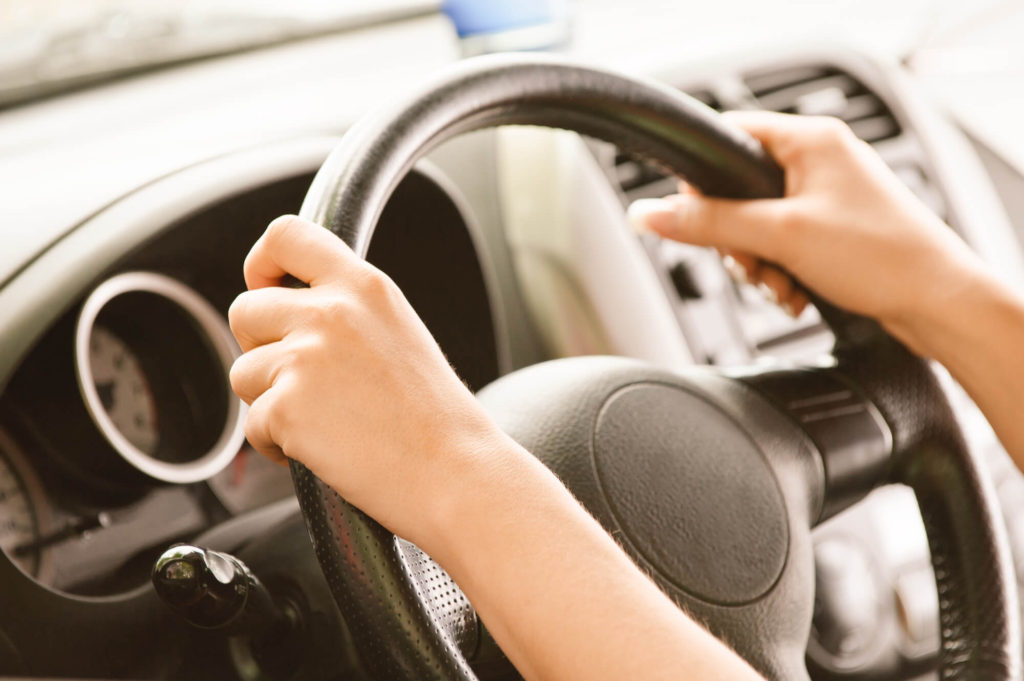
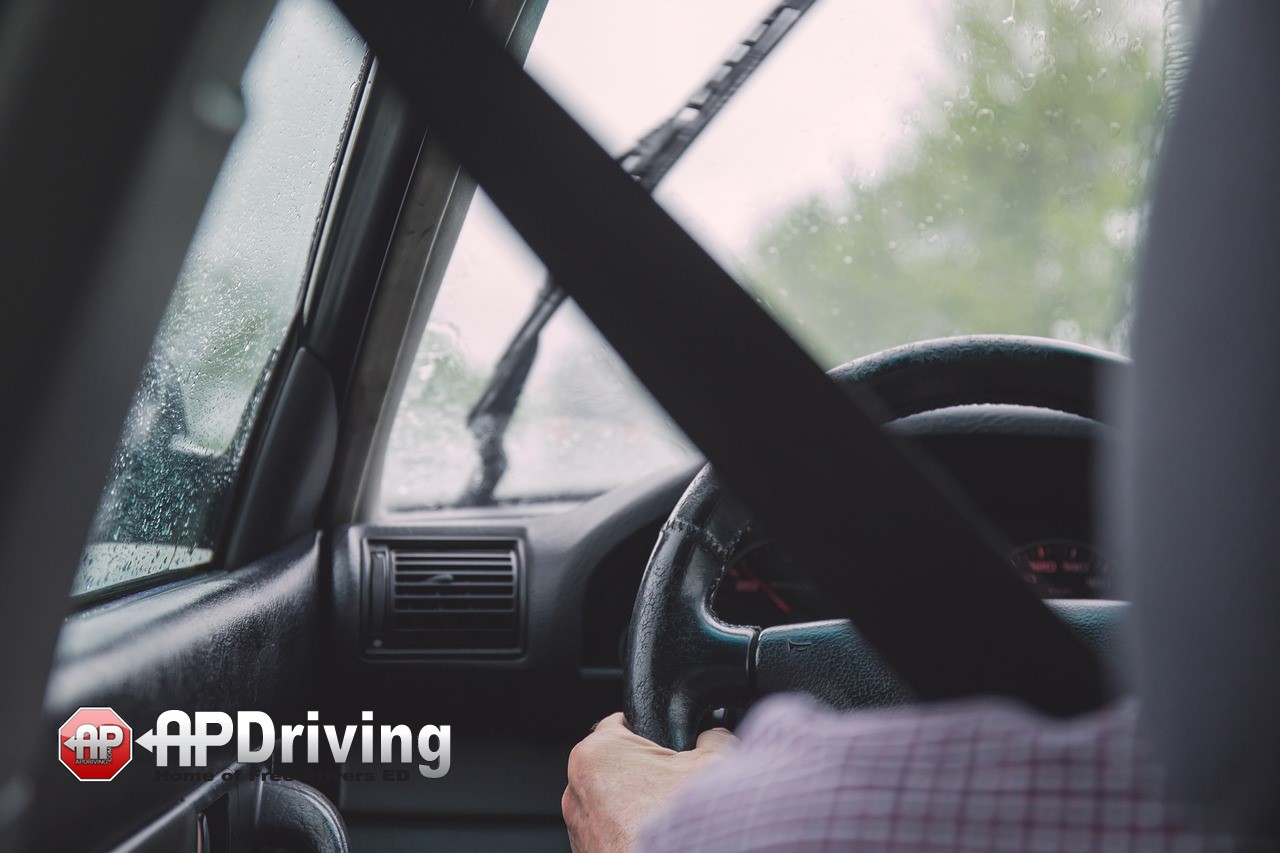
 DMV Handbook
DMV Handbook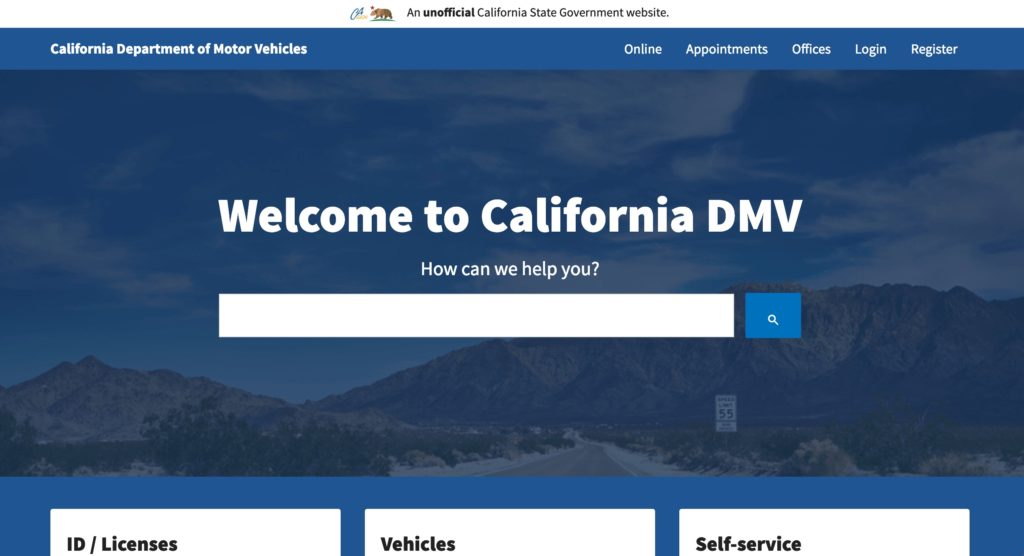 California Government Websites
California Government Websites
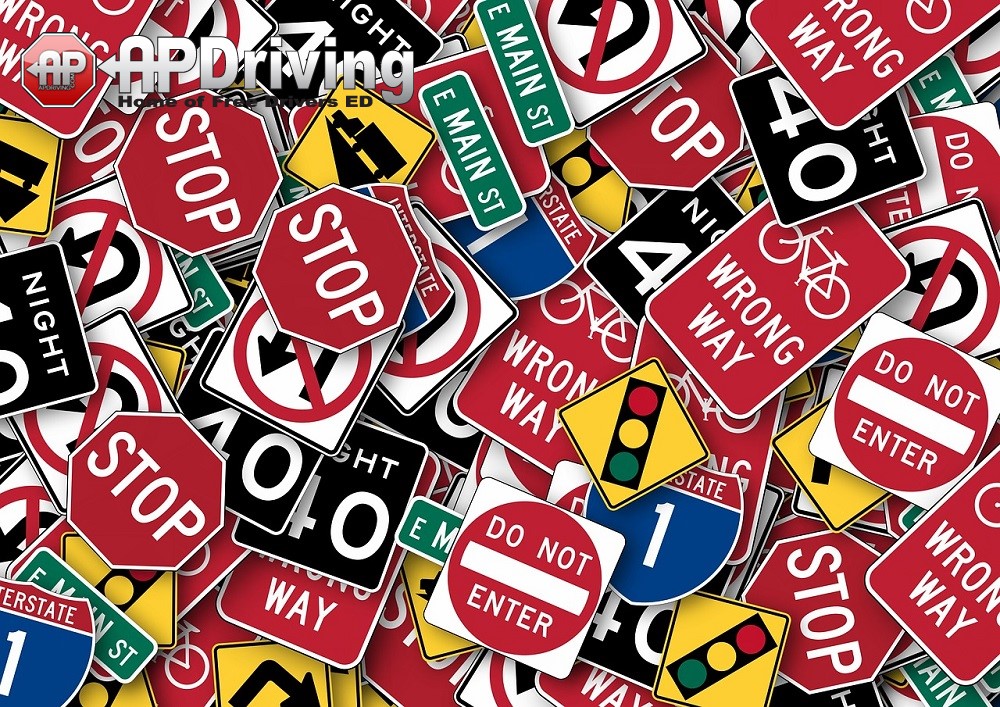 Road Signs
Road Signs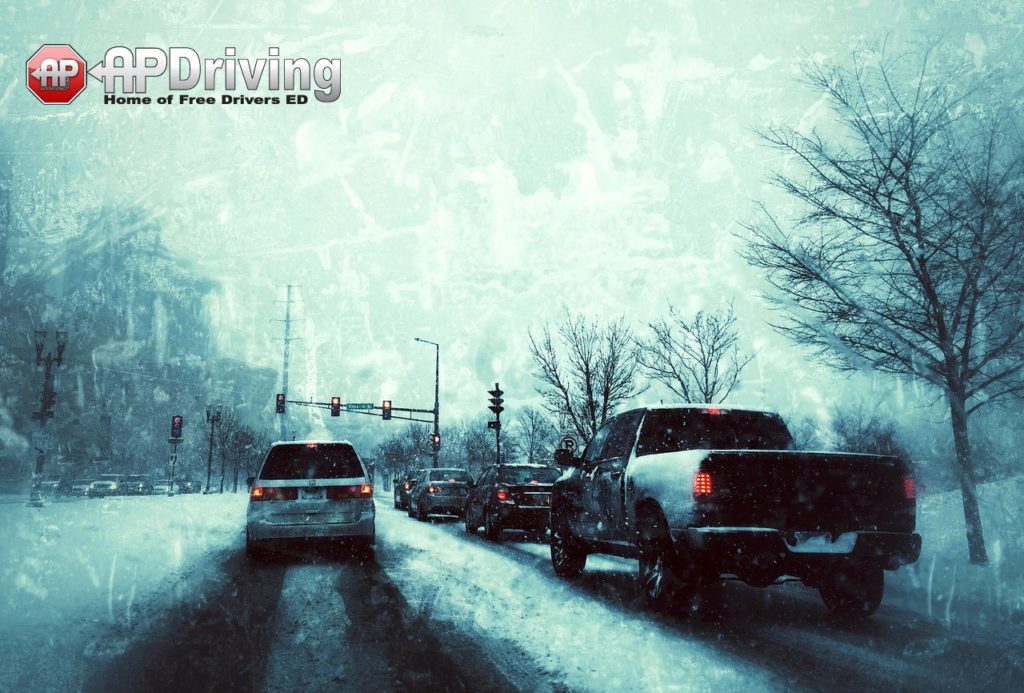 Driving in Different Weather
Driving in Different Weather Ask your Friends about their Experience
Ask your Friends about their Experience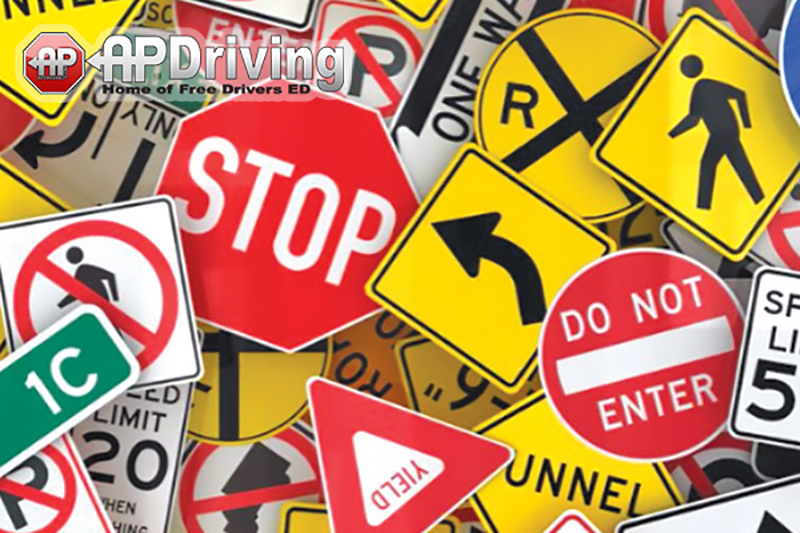
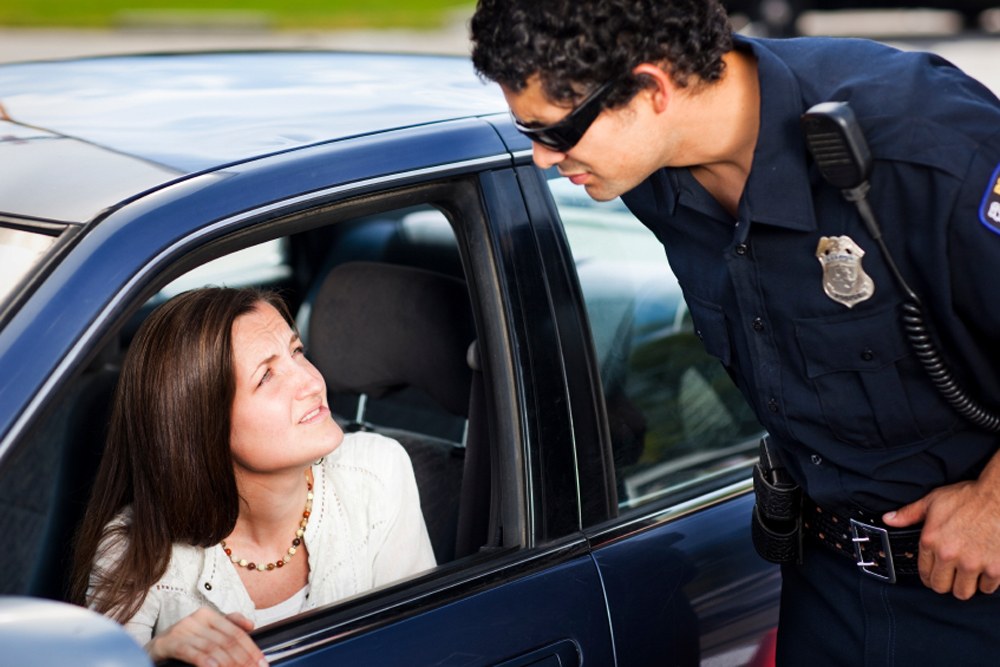



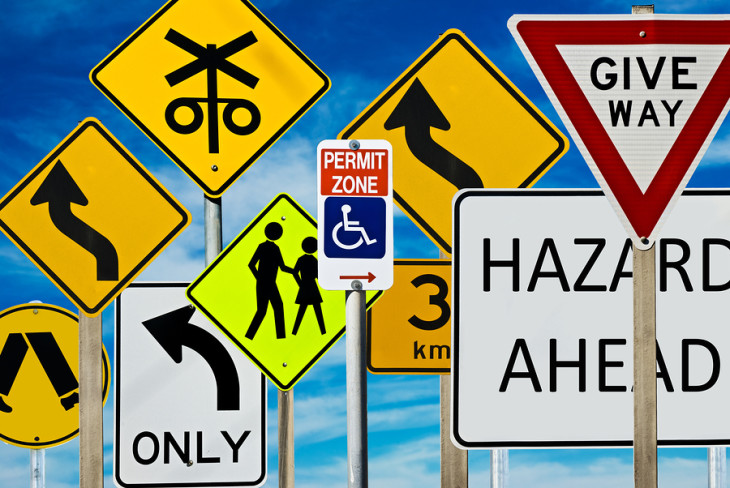
 You Will Ask Many Questions
You Will Ask Many Questions